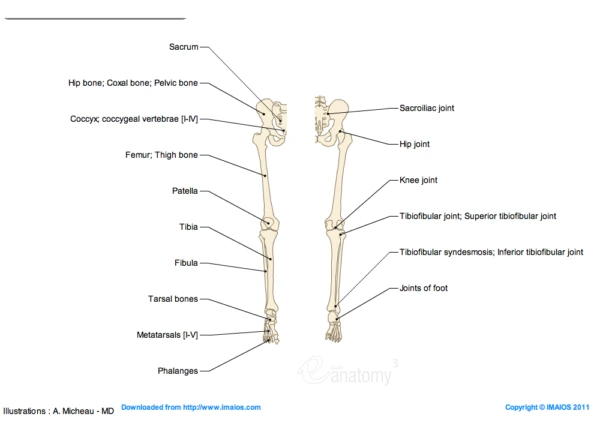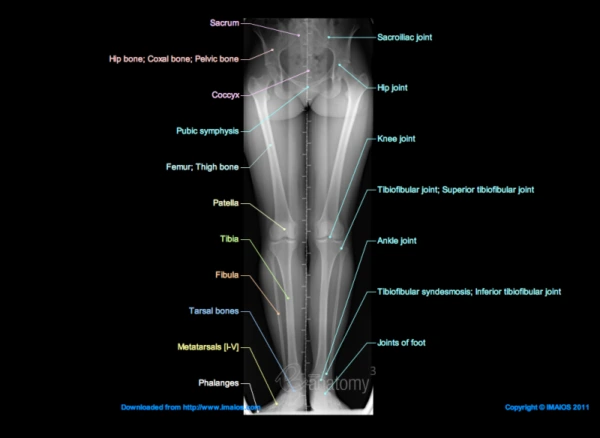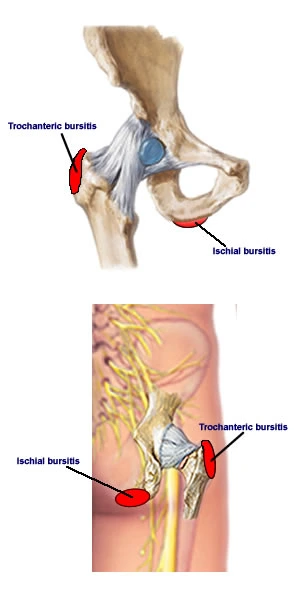Hip Joint Injection
Overview
I. Introduction
The Hip Joint injection procedure targets the hip joint thought to be responsible for a patient’s pain. The joint is injected and anesthetized with the intent of relieving this pain. The hip injection procedure delivers a low volume of concentrated medication directly into the affected hip joint. Hip pain usually arises from a degenerated or osteoarthritic hip. However, occasionally it can be “referred” pain, meaning that the patient feels the pain in the hip, but it is actually coming from the lumbar spine, and less commonly from the knee on the same side.
The hip joint injection is useful in both the diagnosis and the treatment of hip pain; therefore, it is both a diagnostic as well as a therapeutic procedure.
In other words, if we inject a medication within the suspected hip joint space and the pain improves, we are fairly confident that the hip joint is responsible for the pain; conversely, if we inject a medication and the pain is no better, this implies that the pain is likely referred, most often from the lower back or the knee.
Frequently a dye is injected in order to evaluate the appearance of the joint and verify positioning of the injected medications.



II. The Hip Joints
III. Patient Selection

Move Freely With Our Hip Joint Injection
IV. Procedure: Hip Join Injection
Trochanteric bursitis
Ischial bursitis
Potential Risks of Hip Joint Injections
- Allergic reactions to medication or dye used
- Infection (occurs in less than 1 per 15,000 injections)
- Post-injection flare (joint swelling and pain several hours after the corticosteroid injection)
- Depigmentation (a whitening of the skin)
- Local fat atrophy (thinning of the skin)
- Rupture of a tendon located in the path of the injection
- Bleeding, nerve injury, organ injury and death are rare but possible

